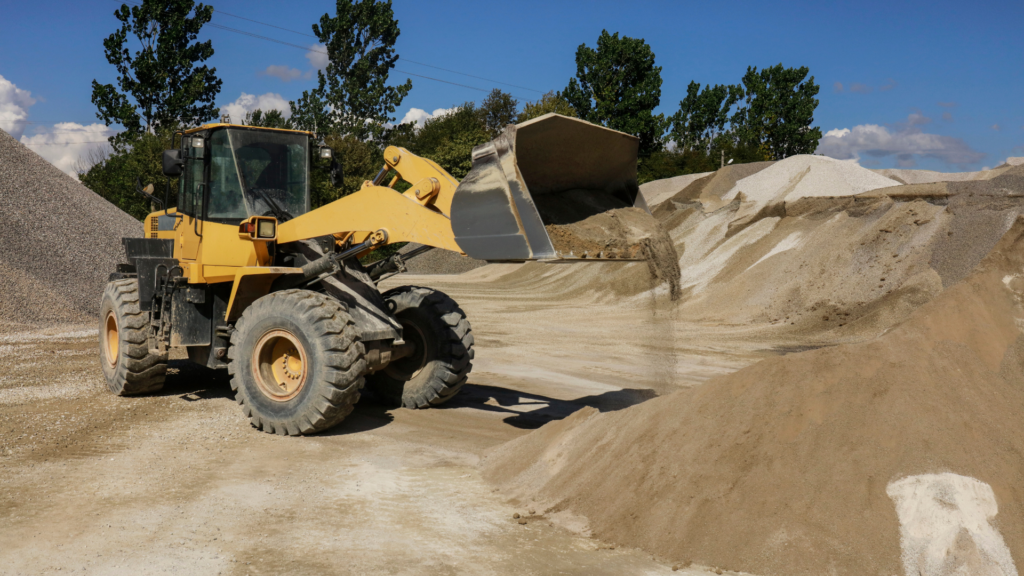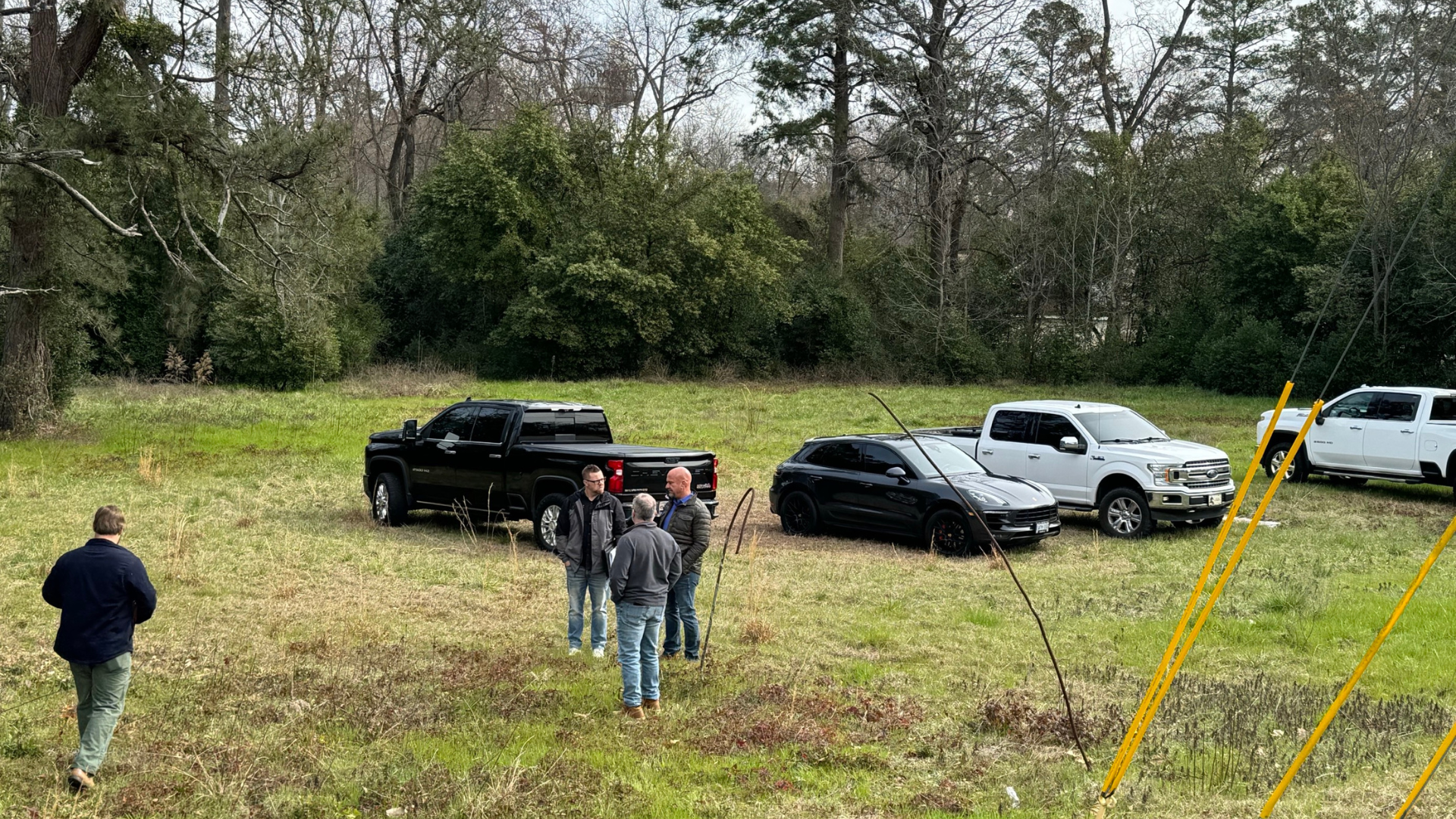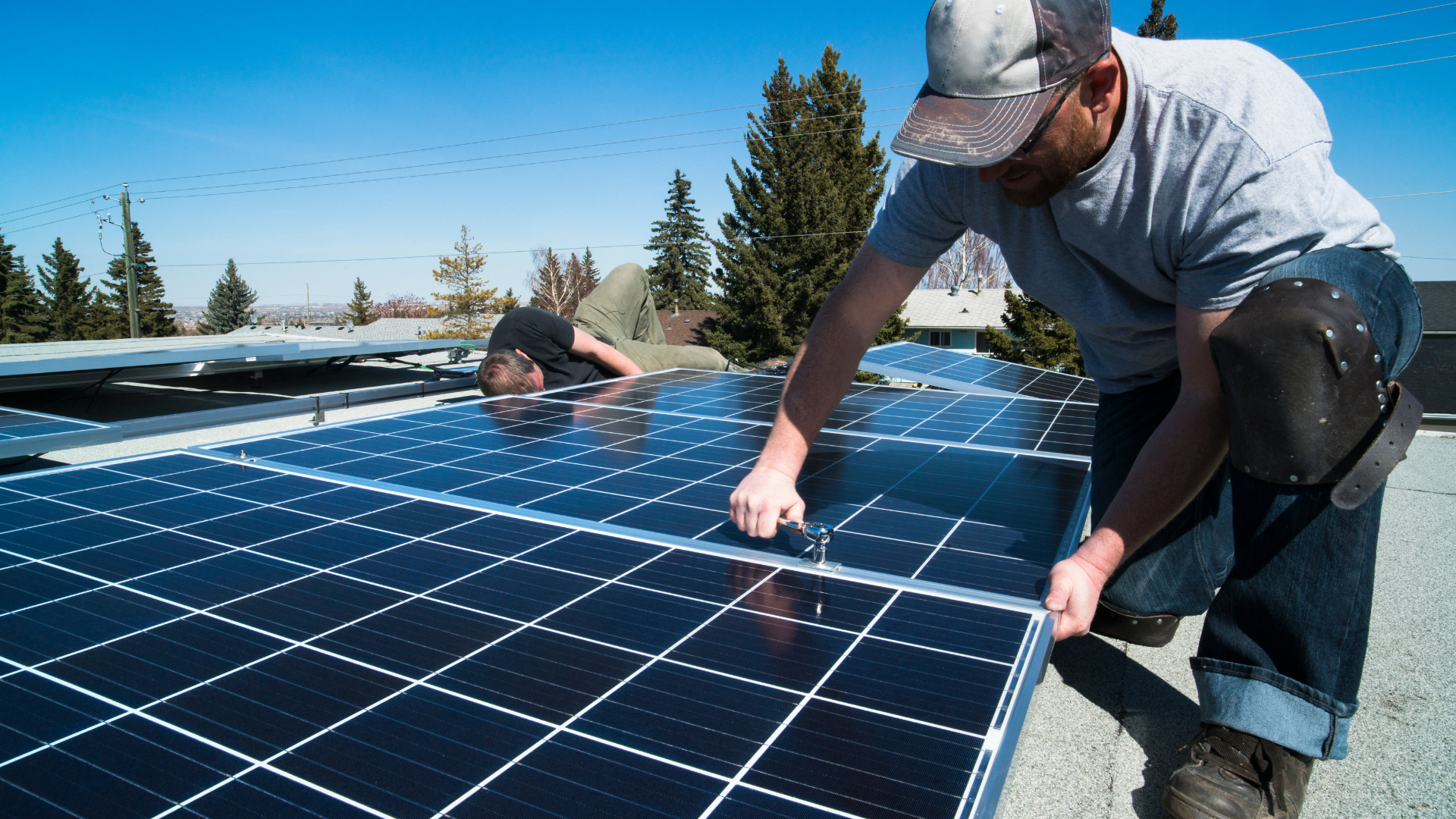
As you oversee commercial construction projects across Georgia, preparing for regional weather events requires diligent planning and action to maintain safe working conditions. From hurricane season to winter storms, extreme weather can significantly impact operations and worker safety on jobsites. Implementing preventative measures and emergency protocols will allow you to mitigate risks and damages while keeping productivity on track. This article outlines key strategies regional contractors utilize before, during and after major storms. Applying these best practices will help you uphold safety standards and timelines through tumultuous weather. With the right preparation, you can secure worksites and prevent setbacks caused by regional events.
Developing an emergency action plan
An emergency action plan (EAP) is crucial to keeping workers and sites safe during hazardous weather events. The EAP should designate shelter locations, evacuation routes, and procedures for securing equipment and materials that could become airborne. All workers should be trained on the EAP to ensure quick, orderly response.
Monitoring Local Weather Reports
Construction managers should closely follow local weather reports and warnings to anticipate severe weather risks. Weather radios. Alerts from the national weather service, and live radar services can all provide up to date information on approaching storms. If there are warnings for high winds, flooding or tornadoes, all outdoor work should cease and crews should enact the EAP immediately.
Safeguarding equipment and supplies
When severe weather warnings are issued, crews must secure anything on the site that isn’t tied down, including loose tools, materials, doors and debris. Heavy equipment like cranes, lifts, and scaffolds should lowered and locked in place. All chemicals and hazardous materials must be properly sealed and stored to prevent spills or leaks.
Conducting Safety Drills
Practicing the EAP through regular safety drills and simulations helps ensure that procedures runs smoothly during an actual emergency. Drills should be held atleast once per construction season to account changes in the site layout and personnel. All workers, including new hires, must participate in drills so the understand their roles and responsibilities.
Best Practices for Jobsite safety during storms and natural disasters
To ensure the safety of workers and integrity of construction sites during dangerous weather events, several precautions should be implemented.
- Secure Materials and equipment – High winds can turn unsecured materials and equipment into dangerous projectiles. Tie down or remove anything that isn’t firmly installed, including scaffolding cranes, portable toilets, and debris. Sandbags, straps, and stakes may be required to immobilize some objects.
- Establish emergency protocols – develop and practice emergency plans for different disaster scenarios. Designate shelter areas, evacuation routes, and methods for contacting emergency responders. Run regular safety drills to prepare workers for a real crisis.
- Monitor local weather reports – stay up to date with forecasts from the nationa weather service to anticipate hazardous events. Be ready to suspend outdoor work if warnings are issued for your area.
- Provide protective gear – workers should be outfitted with weather appropriate safety gear. Additional respiratory protection may be needed for the events.
As you lead your construction teams through regional weather events, remember that safety must remain the top priority.
Company
Stay informed on the latest trends and insights in the areas of Commercial Construction and Net-Zero Energy.



